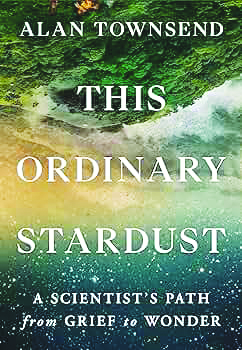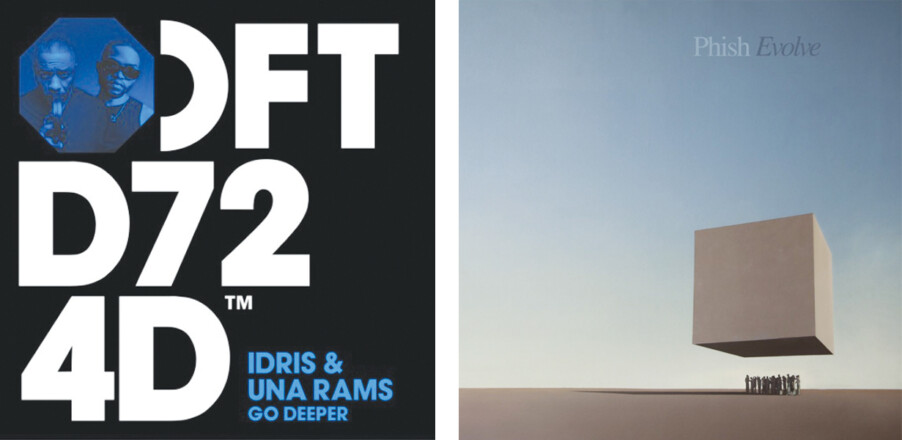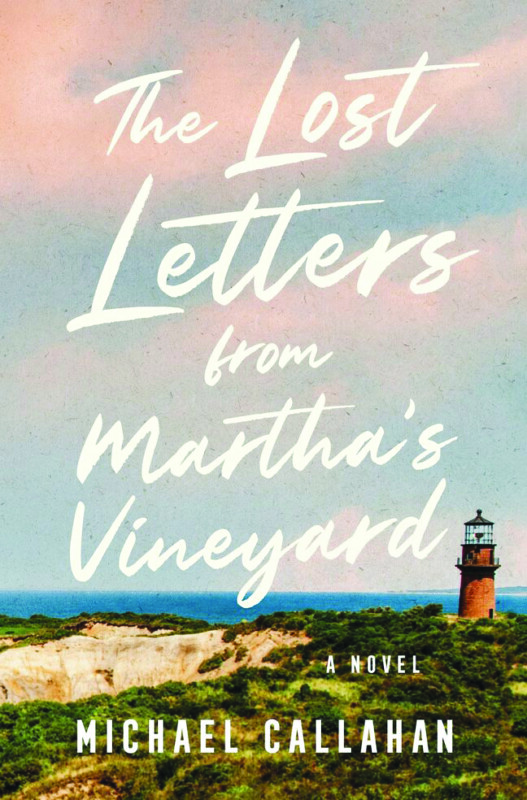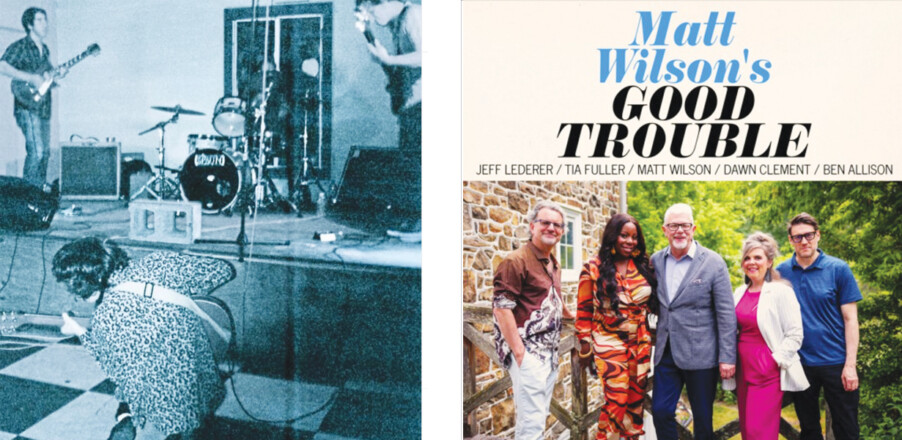This Ordinary Stardust, by Alan Townsend (Grand Central Publishing, 261 pages)
The most nourishing soil in the world, Alan Townsend writes, starts with disaster:
“Pyroclastic explosions of ash and lava slam into hillsides and streams, obliterating trees and boiling fish alive in their water. Or massive glaciers suddenly pulverize everything in their path … then unleash a catastrophic flood for good measure. The aftermath is a horror — a moonscape of ruin. It is also a beginning.”
That’s all well and good when talking about geological processes, but what of more personal kinds of disasters, the kind that explode your life, as when both your wife and your 4-year-old daughter get diagnosed with brain cancer within the same year?
Townsend, a tattooed scientist and dean of the college of forestry and conservation at the University of Montana, is much too intelligent to offer platitudes in such a situation. This Ordinary Stardust is no ordinary memoir of a health crisis, as Townsend and his wife, Diana, are no ordinary people.
They are both brilliant scientists who have traveled extensively doing interesting work — when we meet Townsend he’s doing research in the Amazon on how to prevent deforestation, Diana is planning an excursion to collect bacterial samples in Antarctica when she gets sick.
But with the twin diagnoses, the couple is thrust into the strangest world yet, going from the world of the healthy to the world of the sick with frightening speed.
Little Neva’s diagnosis came first, and Townsend writes movingly of how hard it is to watch your child endure MRIs and IVs and CT scans at Colorado Children’s Hospital. At one point, her parents take Neva to a hospital cafe for ice cream, and the child asks if she can have more. “Hell yes, I thought,” Townsend writes. The child, like her parents, is stoic and tough, and a scene where Diana takes a team of residents and medical students to task for their callous treatment of Neva is a Tiger Mother master class in assertiveness.
Diana brings the same defiance to her own treatment. We already know the kind of woman she is from a story Townsend tells about how she badly injured her ankle while the two of them were running on a trail together in Costa Rica, where they were working. The next evening, though her ankle was still badly swollen, Townsend found her wrapping the ankle with strips of an old T-shirt and duct tape. “What are you doing?” he asked. “Going running,” she replied. He writes, “She had a look that challenged me to say more.”
This is also a woman, as Townsend says, who “couldn’t stop talking about bacteria,” who loved science so much that it was all she wanted to talk about on their runs.
When Diana starts having strange symptoms and is ultimately diagnosed with two tumors in her brain, she grumbles that they’d better not stop her going on her expedition to Antarctica the next year. She continues to run throughout her treatment, and even wins her age division in a road race. But glioblastoma is almost always deadly; just 5 percent of patients survive five years. It is not a spoiler to say that Diana is not among the 5 percent since the book jacket blurb reveals that she dies. By this point, we love her as much as her husband does, and the story of her passing is gut-wrenching, but also oddly beautiful.
Townsend writes the book at his wife’s request — she wanted others to learn from their story — and although he confesses up front that he is not a Christian or a church-goer, the story is wrapped in spiritual themes. Science, he writes, can nurture the soul; it offers hope “that life on earth can make its way through the eye of any needle, that our individual choices matter, and that love can bring us back from the brink of annihilation.”
He does not address any issues related to the possibility of an afterlife except in terms related to the title. It’s said that our physical bodies are composed of primordial atoms, elements formed in stars and possibly dating to the Big Bang. Townsend has been fascinated with this idea since he heard a professor talk about how we exchange this “stardust” with each other continually.
“When viewed in our most elemental form, people are trillions of outer-space atoms, moving around temporarily as one, sensing and seeing and falling in love. Then those atoms scatter, joining one new team for a bit, then another. Far from depressing,” he writes. In other words, we might only exist in this form for a short time, but “No matter what happens, we’re still here. And we will always be.”
That’s a far cry from the eternal life promised by some religions, but is still, as he writes, “profoundly comforting.” Grief can co-exist with wonder, Townsend finds on his family’s journey, and his memoir is both poignant and thought-provoking. B+



 or =^). I can guarantee you it’s not, because I asked Google’s “artificial intelligence” if =1 is an emoticon and it told me to go jump in the lake. But whatever, let’s keep in mind that the fellas in Deep Purple are all in their 80s and thus probably all have Earthlink email addresses; let’s just proceed to listen to “Portable Door,” the band’s hot new single! Wow, drummer Ian Paice, bassist Roger Glover and singer Ian Gillan are still here! Ha ha, Gillan looks like Bill Murray does today, but belay all that, ya swabs, this isn’t a bad song at all if you ever liked Deep Purple, like, the main riff does have a pulse. I give it a =) emoticon reaction and want to remind you that Ritchie Blackmore hasn’t been in the band for decades now because he is literally one of the worst people ever born.
or =^). I can guarantee you it’s not, because I asked Google’s “artificial intelligence” if =1 is an emoticon and it told me to go jump in the lake. But whatever, let’s keep in mind that the fellas in Deep Purple are all in their 80s and thus probably all have Earthlink email addresses; let’s just proceed to listen to “Portable Door,” the band’s hot new single! Wow, drummer Ian Paice, bassist Roger Glover and singer Ian Gillan are still here! Ha ha, Gillan looks like Bill Murray does today, but belay all that, ya swabs, this isn’t a bad song at all if you ever liked Deep Purple, like, the main riff does have a pulse. I give it a =) emoticon reaction and want to remind you that Ritchie Blackmore hasn’t been in the band for decades now because he is literally one of the worst people ever born.


